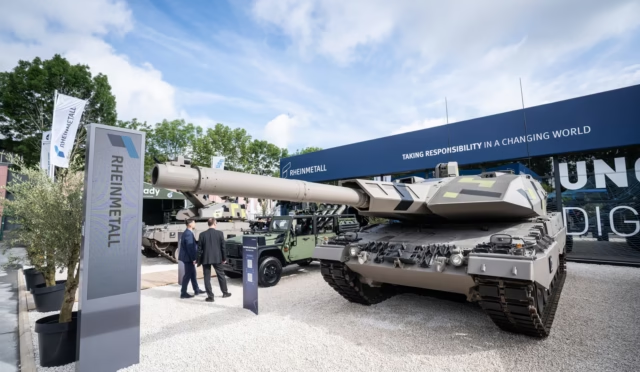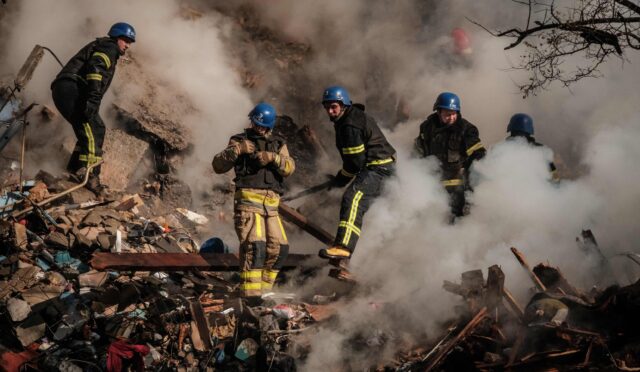Dnipropetrovsk: A New Front in the Conflict
On Sunday, Russia announced a significant military advancement into Ukraine’s Dnipropetrovsk region, marking the first time in its ongoing three-year offensive that it has made inroads into this key area. This development represents a crucial territorial escalation amid stalled peace negotiations, further complicating an already tense situation. Moscow has consistently maintained control over the battlefield, dismissing numerous international appeals for a complete and unconditional ceasefire, including those from Ukrainian officials, European leaders, and U.S. President Joe Biden.
During the latest round of discussions on June 2 in Istanbul, Russia laid out strict demands: Ukraine must withdraw troops from frontline positions, suspend all Western military aid, and abandon its aspirations to join NATO. This hardline stance further underscores the challenges facing any potential diplomatic resolution, as the conflict shows no signs of abating.
The Importance of Dnipropetrovsk
Dnipropetrovsk is not just another battleground; it is a vital industrial and mining hub for Ukraine. Before the conflict escalated, the region boasted a population of approximately three million, with about one million residing in its capital, Dnipro. The implications of a Russian foothold in this area could be dire, significantly impacting Ukraine’s military capabilities and economic stability as it contends with ongoing strife.
The Russian defense ministry has reported that tank units have reached the western borders of the Donetsk People’s Republic and are continuing their offensive in Dnipropetrovsk. This advancement is seen as both a symbolic and strategic blow to Kyiv, as it marks a tangible shift in the conflict dynamics after months of losses.
Casualties and Consequences
Over the three years of warfare, tens of thousands of lives have been lost, and millions have been displaced from their homes as relentless airstrikes and ground battles ravaged eastern Ukraine. Remarkably, until now, Ukraine had not fought on Dnipropetrovsk soil, which has given the region a relative calm compared to others directly involved in the conflict.
Dmitry Medvedev, Russia’s former president and current deputy chairman of the National Security Council, described this latest advance as a stern reminder to Kyiv regarding the realities of war. Medvedev emphasized that failing to acknowledge Russia’s demands during negotiations will lead to more severe consequences on the ground.
Military Movements and Tactics
As Russian forces pushed deeper into Ukrainian territory, images emerged showing troops raising the Russian flag in Zorya, a village within the contested Donetsk region. Ukrainian military sources had previously warned that the primarily flat terrain could allow Russian forces to gain ground rapidly, as there are fewer geographical obstacles or defensible positions for Ukrainian forces.
Dnipro itself has been subjected to ongoing bombardments during the conflict. Notably, Russia had previously tested its Oreshnik missile on the city, aiming at an aeronautics facility. Local officials have reported casualties, with one fatality occurring recently due to an attack on a village situated near the frontline.
Ongoing Accusations and Negotiations
Adding to the tensions, Moscow accused Ukraine of obstructing the repatriation of fallen soldiers, highlighting the complexities surrounding humanitarian facets of the conflict. This accusation followed efforts by both nations to finalize a prisoner exchange agreement during the Istanbul negotiations, which ultimately fell through.
According to Russia’s defense ministry, trains carrying the remains of soldiers were dispatched to the border. Over the weekend, more than 1,200 bodies arrived in refrigerated trucks, yet Ukraine contended that the specifics of a repatriation agreement had never been solidified, complicating the prospect of resolving this tragic aspect of the conflict.







